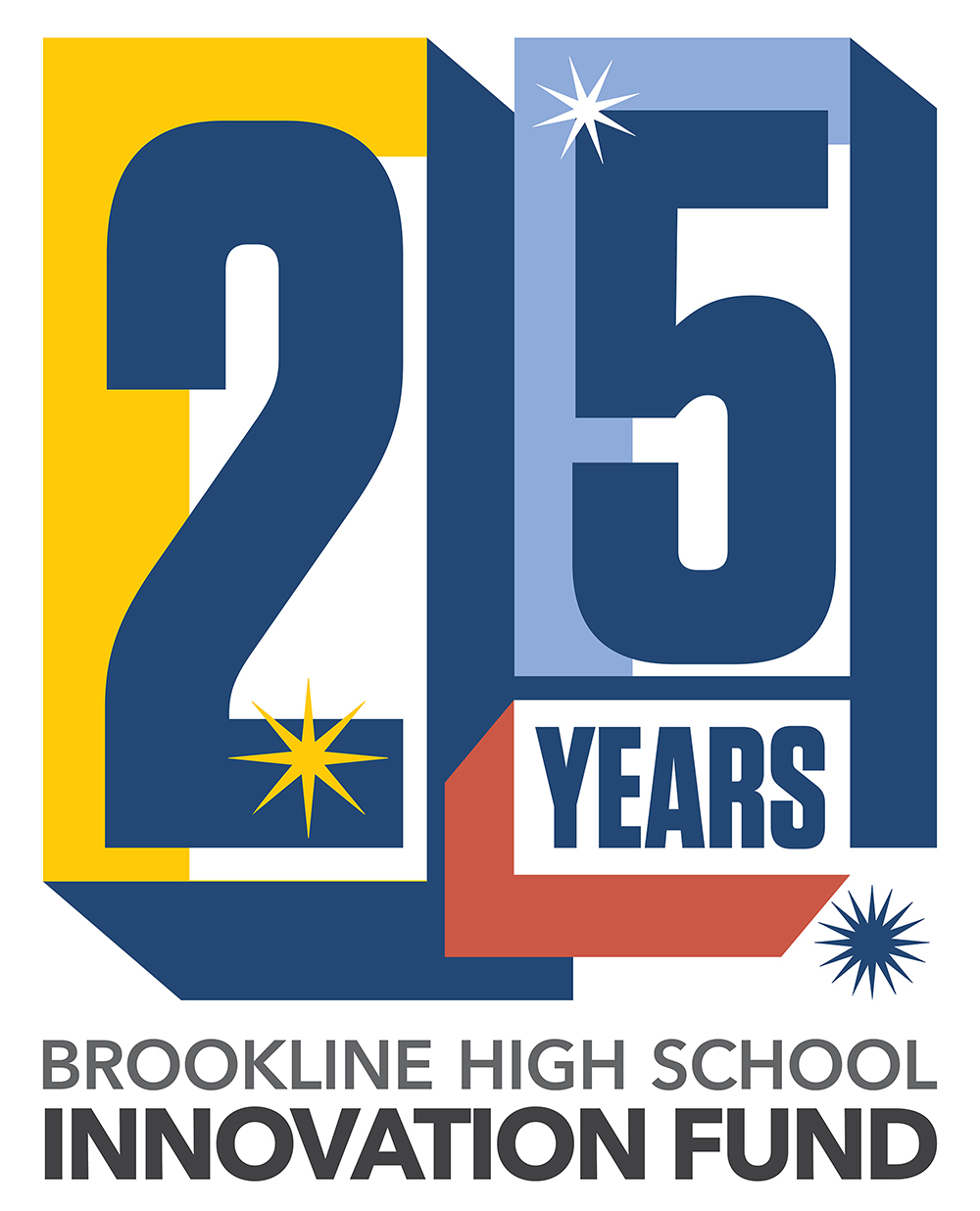After observing plant species in the Arnold Arboretum, students then choose a specimen to illustrate.
The curvature of a bird’s beak. The hue of a flower’s petal. The texture of a tree’s bark. Although many may consider the spheres of art and science to be entirely distinct, their observations of the natural world fall hand in hand.
Through the creation of scientific illustrations, the Drawing for Understanding in Field Science course employs both artistic and scientific knowledge, making it one of the most unique and all-encompassing classes offered at the high school.
According to visual arts teacher Donna Sartanowicz, the idea for the course was initially conceived when she and Jill Sifantus, a retired science teacher, partook in a workshop at Harvard University. The workshop highlighted the close relationship between illustrations and the study of the natural world. Feeling inspired, the two of them accepted a grant from the Innovation Fund to establish the course, where Sartanowicz would teach the artistic aspects while Sifantus would teach the scientific aspects.

Sartanowicz believes that this course gives students, who may be apprehensive of the arts, an opportunity to see that there is more to it than they might think.
“For me, I felt like a lot of kids were afraid to take art because they think they’re not talented, or they’ll have to draw self-portraits, or paint feelings, or whatever, but art has a very practical side,” Sartanowicz said. “It’s a way of studying the world and communicating what you know.”
Similarly, Visual Arts Curriculum Coordinator Alicia Mitchell believes that the interdisciplinary nature of the course makes it attractive to both students who are interested in science and art.
“It’s a good class for either student,” Mitchell said. “It’s good for the artist who wants to get better because this class hones in on observational drawing, attention to detail, and accurate reproduction. For the student who loves science, to find out that their love of science can blossom into a different career and way of expressing themselves can really open up their thinking around the sciences.”
Ultimately, the course began receiving financing from the high school itself rather than the Innovation Fund. With this, only one teacher was permitted to teach the class, leaving Sartanowicz as the sole instructor.
As an arts teacher, Sartanowicz felt like she needed help to incorporate the scientific elements of the course. To do this, she invites graduate students from Harvard University to give presentations that are relevant to their curriculum.
“I decided if I couldn’t have a science teacher, I would have scientists instead,” Sartanowicz said.
Apart from in-class studies, the course has the opportunity to create and display illustrations at the Arnold Arboretum. During the first semester, students visit the Arboretum to see its extensive library, herbarium, and gardens before choosing a specimen to base their drawing off of. Their work is then put on display, with the last exhibit having gone from Dec. 1 to Jan. 15.
Junior Anjali Mitra, for example, chose the Japanese Zelkova tree because it grows in her neighborhood, so she found a personal connection with it.

According to Mitra, scientific drawings like the one she did for the Japanese Zelkova are all about a balance between what is written and what is shown.
“You find certain aspects about the organism that you want to convey through your art, and other ones you want to convey through writing,” Mitra said. “You can’t draw the name of the tree, but you can write it. Sometimes, the leaf shape is more easily drawn than described. So you find something you’re interested in, deepen your understanding about that thing, and then try to convey your sense of wonder through
your art and how you put together your piece.”
Sartanowicz also believes that illustrations, as opposed to photographs, allow for a greater understanding of the subject matter.
“Drawing is much more active than taking a photo,” Sartanowicz said. “You spend much more time and much more of your attention understanding the form, how it’s all put together, and how it works.”
From the scientific knowledge gained from research to the emotional connection that is felt with the subject matter, Mitra sees these illustrations as a bridge between the worlds of art and science.
“Art is a lot more emotional,” Mitra said. “In some ways, it’s how you think and how you feel. Science is the things you know, and combining the things you know with the things you feel can create very powerful pieces.”
JACKIE PERELMAN/SAGAMORE STAFF
Harris Bubalo, Arts Editor
